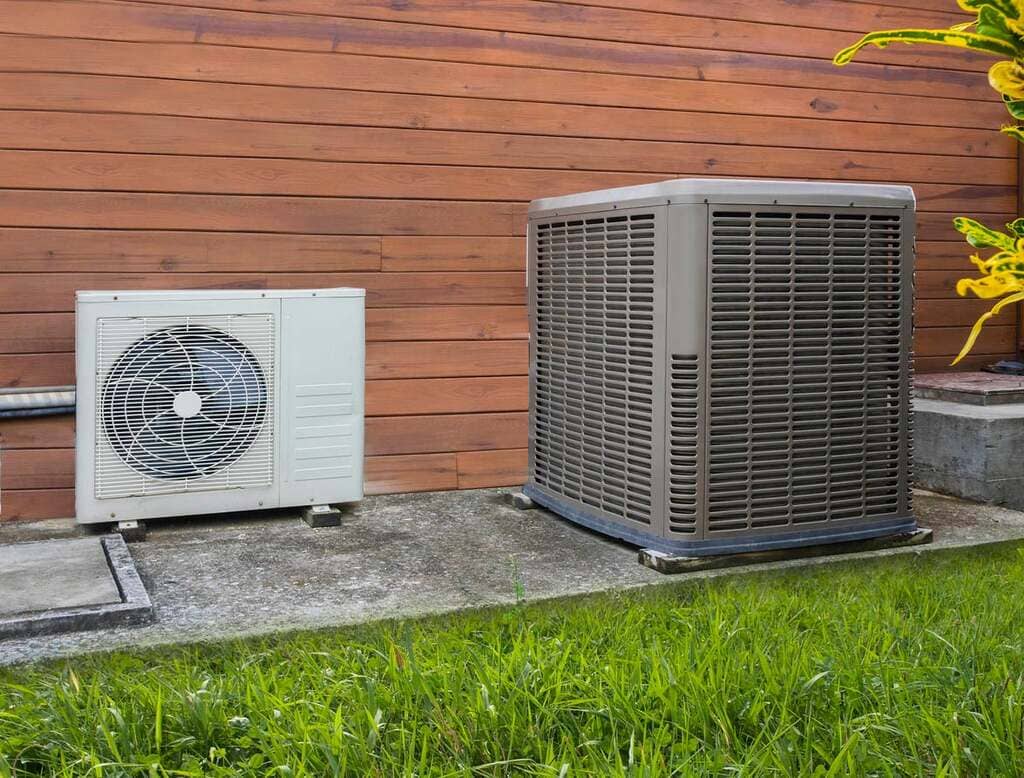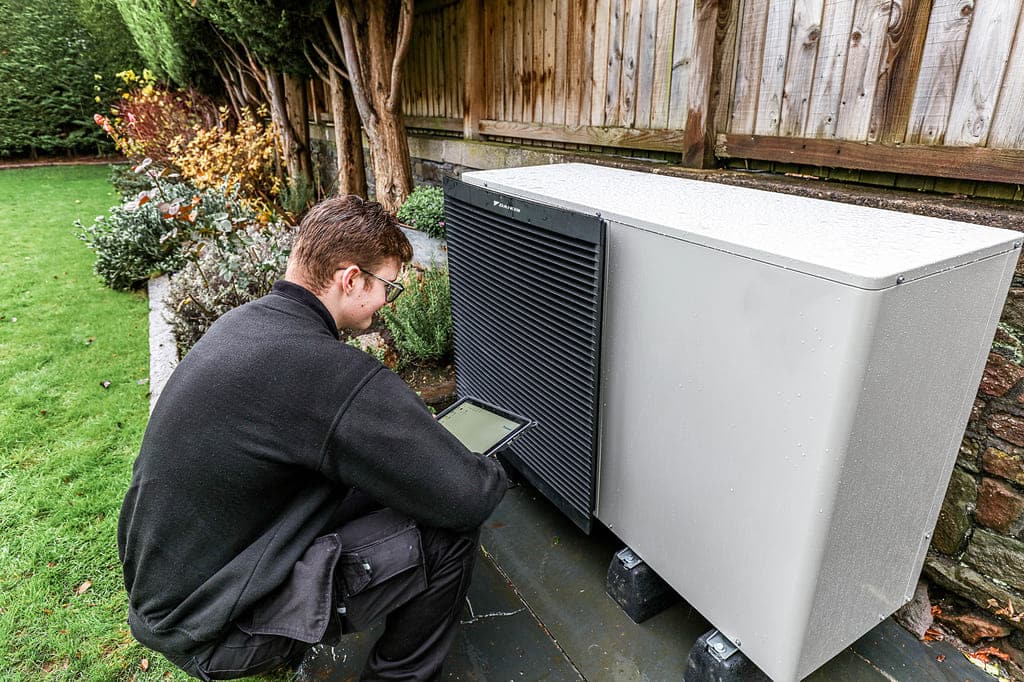A heat pump is an HVAC system that works by heating and cooling a building. The main principle behind this is transferring If you are looking for reliable HVAC expertise, heat from one area to another. While cooling a home, the heat pump extracts heat energy from the warm indoor air and transfers it outside to reduce the inner temperature.
In contrast, the heat pump will extract heat from outdoor air and transfer it inside the building if you need it to heat up your indoors. The heating function works even when the outside air is cold.
In contrast to traditional heating systems, heat pumps do not generate any heat directly. Instead, they use electricity to transfer heat from one spot to another. This is why they are substantially more energy efficient than others that generate heat from scratch.
In extremely cold climes, heat pumps can complement other heating systems like electric resistance heaters to generate extra warmth and keep the indoor air comfortable and liveable. This article will help you with how to install a heat pump by yourself with a step-by-step guide. If you are looking for reliable HVAC expertise, click here to learn more.
Steps of Installing a Heat Pump Yourself

The chief considerations of installing a heat pump are the installation location and the system’s specific model. However, some general steps cover all heat pump self-installations. They include.
- Selecting the right location: As a first step, you need to select a location for the heat pump that can both accommodate the indoor unit and is near the outdoor unit.
- Installing the outdoor unit: You must start with the outdoor unit first. Outdoor units for heat pumps are generally mounted on brackets or concrete pads to the side of the house. While installing the outdoor unit, extreme caution must be practiced to ensure the unit remains stable and strongly anchored to prevent vibrations or movements.
- Installing the indoor unit: As in the case of most HVAC units, the indoor unit needs to be mounted high on a wall, closer to the ceiling than the floor. Again, it is critical to ensure that the indoor unit is securely mounted to stay level and secured enough so that it does not fall.
- Connecting the refrigerant lines: Heat pumps connect the indoor and outdoor units with copper refrigerant lines. Make sure they are connected securely and routed carefully. The goal is to ensure the system remains airtight without leaks.
- Connecting the wiring: The next step is to connect the electrical wiring between the two units of the heat pump. The wiring must be run through a conduit to protect it from external factors and other hazards.
- Testing the system: Now that everything is installed and connected, it’s time to test the heat pump to ensure its proper functioning. There are several things to test other than simply heating and cooling performance. You must test the refrigerant levels and electrical connections as well.
- Commissioning the system: The final step is ensuring the heat pump is properly commissioned. This involves ensuring the heat pump works efficiently, meets the required standards, and verifies the refrigerant charge.
These common steps can help you get your heat pump set up. However, do note that heat pump installation can be an incredibly complex process as you need to be knowledgeable about electricals and masonry. Therefore, it is best left to the experts. We highly recommend hiring a licensed, experienced, and reputed HVAC expert for your heat pump installation.
Heat Pumps and Air Conditioners: What’s the Difference?

Even though heat pumps and standard air conditioners operate using the same basic refrigeration cycle, they differ in their ability to heat and cool. Some key differences are.
- Heating: As mentioned, a heat pump can both heat and cool the air, as against standard air conditioners that only cool. This is done by transferring heat from outside, even when it’s cold, to warm your home.
- Compatibility: Heat pumps are typically more effective in moderate climates with lesser temperature extremes or variances due to their inherent nature. In very cold climates, a heat pump may often struggle to extract enough heat from the air and provide sufficient warmth indoors. In such cases, they may need supplemental heating sources.
- Maintenance: Since heat pumps operate around the year and often have more components, they need more regular maintenance than traditional air conditioners that only operate in hot weather.
- Cost: Complex components such as a reversing valve that switches heating and cooling modes make heat pumps more costly upfront than traditional air conditioners.
- Efficiency: As stated, heat pumps do not generate their own heat. They simply move heat around using electricity and refrigerant. The lack of a combustion process means they provide the same amount of heating or cooling by using less energy. This leads to higher efficiency and lower power bills.
Advantages of Heat Pumps Over Air Conditioners

Many experts reckon installing a heat pump has several advantages over traditional air conditioners. They include.
Versatility
A heat pump is relevant around the year and keeps your home comfortable during the colder and hotter months as they offer heating and cooling. Traditional air conditioners, on the other hand, are only applicable during the hotter period.
Sustainability
Simply put, heat pumps are more environmentally friendly as they use less energy to run than air conditioners. Moreover, modern heat pumps contain “greener” refrigerants with a substantially lower environmental impact than air conditioner refrigerants.
Durability
Heat pumps often last 15-20 years on average, a good five years longer than air conditioners, with an average lifespan of 10-15 years. This results in noticeably lower replacement and maintenance costs over time.
Savings
Heat pumps are indeed more complex and, thus, more expensive to install at the outset. However, their higher efficiency and durability result in significant cost savings in the longer run. Heat pumps generate lower power bills and do not require the same degree of repair and replacement if appropriately maintained.
This means you end up paying much less for a heat pump throughout its lifespan than you would for an air conditioner.
Endnote
We’ve outlined everything you’ll need to install a heat pump yourself. However, it is best to call in an HVAC expert like River Valley when it comes to something as intricate as a heat pump. With professional support, you can rest assured of the accuracy of the installation.
In case you missed it!

